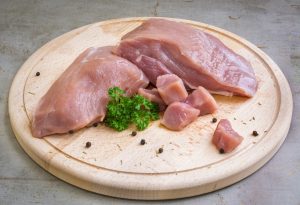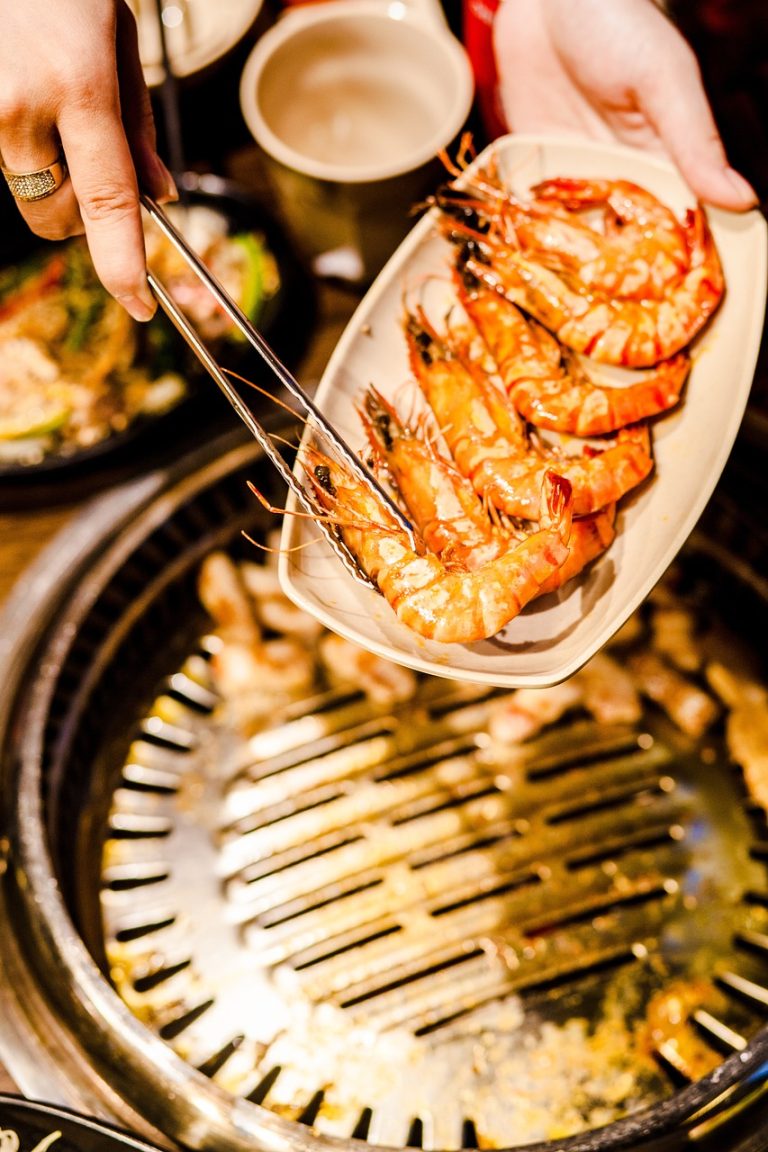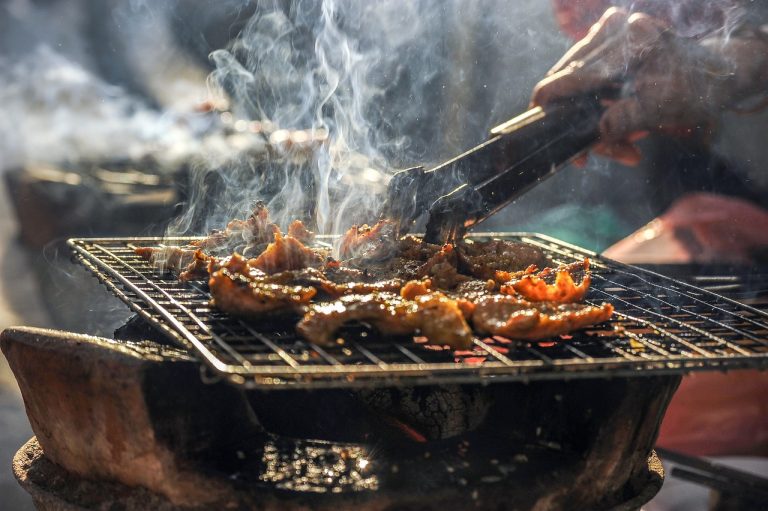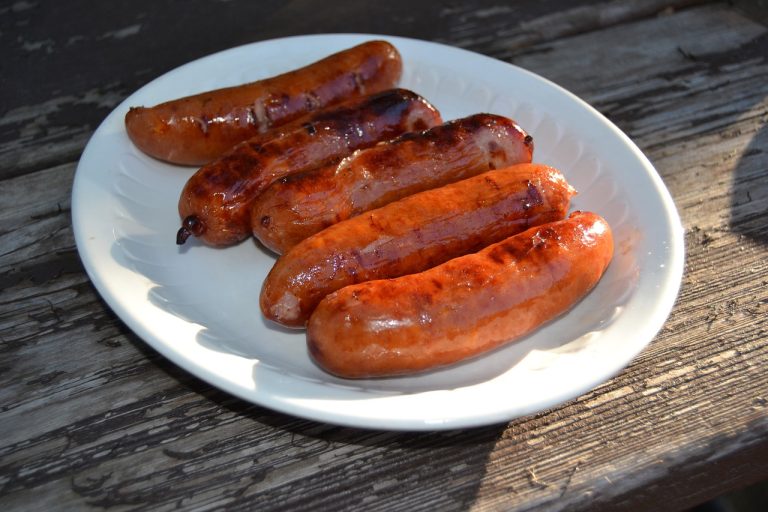HOW TO KEEP PORK LOIN MOIST (13 Useful Tips)
When it comes to cooking pork loin, moisture is key. The succulence of the meat greatly enhances its flavor and overall dining experience. Picture sinking your teeth into a perfectly cooked, juicy slice of pork loin—it’s a culinary delight many aim for. But how do you ensure this delectable outcome consistently?
HOW TO KEEP PORK LOIN MOIST?
Pork loin, a versatile and flavorful cut, often faces the challenge of retaining moisture during cooking. Achieving that perfect juicy texture requires understanding various techniques and factors influencing moisture retention.
SELECTING THE RIGHT PORK LOIN
The journey to a moist pork loin begins with the selection of the cut. Opting for well-marbled pork loin or center-cut chops ensures a good start. These cuts promise higher fat content, contributing to moisture during cooking.
BRINING TECHNIQUES
Brining, a process involving a saltwater solution, works wonders for infusing moisture into pork loin. It not only adds flavor but also helps the meat retain water, preventing dryness during cooking.
MARINATING FOR MOISTURE
Marinades are another tool in your arsenal for moist pork loin. They not only add depth of flavor but also tenderize and moisten the meat. Using acidic ingredients like citrus or vinegar helps break down fibers, allowing moisture to penetrate deeper.
SLOW COOKING METHODS
Slow-roasting or braising pork loin at lower temperatures is a surefire way to ensure a juicy outcome. These methods allow the meat to cook gradually, preserving its moisture.
TEMPERATURE CONTROL
Maintaining the right cooking temperature is crucial. Overcooking can quickly turn a perfectly tender piece of pork loin into a dry, tough disappointment.
RESTING AND SLICING TECHNIQUES
After cooking, allowing the pork loin to rest before slicing is vital. This helps redistribute the juices, ensuring each slice remains moist and flavorful.
SEALING IN MOISTURE WITH FOIL
Foil can be your ally in preserving moisture. Using it during cooking creates a sealed environment that helps the meat retain its natural juices.
AVOIDING OVERCOOKING
Careful monitoring of cooking times prevents overcooking, preserving the pork loin’s succulence.
UTILIZING MOIST INGREDIENTS
Incorporating ingredients like broths, sauces, or even fruits can enhance moisture retention and add layers of flavor to your pork loin dish.
TIPS FOR GRILLING PORK LOIN
Grilling can be a challenge for moisture retention, but techniques like using indirect heat and searing can help lock in juices.
STORAGE METHODS
Proper storage after cooking is essential. Ensuring airtight containers or wrapping helps maintain moisture levels when refrigerating or freezing cooked pork loin.
SERVING AND PRESENTATION
Even presentation plays a role in moisture retention. Slicing against the grain and serving with accompanying sauces can elevate the experience.
MYTHS ABOUT KEEPING PORK LOIN MOIST
Debunking common myths—such as searing to seal in juices or avoiding brining for fear of making meat salty—can shed light on effective moisture-retaining practices.
Frequently Asked Questions (FAQ) about “How To Keep Pork Loin Moist
Why is pork loin prone to drying out during cooking?
Pork loin, being a lean cut, lacks significant intramuscular fat. Without this fat, it’s more susceptible to becoming dry when overcooked. Understanding proper cooking techniques becomes crucial to retain moisture.
Is brining the only effective method for keeping pork loin moist?
While brining is highly effective, there are other methods like slow cooking, marinating, or using moisture-rich ingredients that can also help maintain pork loin’s juiciness. Experimenting with various techniques can yield equally satisfying results.
Does the cooking temperature impact the moisture content of pork loin?
Absolutely. Overcooking at high temperatures can lead to moisture loss. Maintaining lower, controlled temperatures or using methods like slow-roasting ensures the pork loin retains its natural juices.
Can I rely solely on marinating to keep pork loin moist?
Marinating is excellent for infusing flavor and moisture into pork loin, but it might not be sufficient on its own. Combining marinating with other techniques like brining or proper cooking methods enhances the chances of keeping the meat juicy.
Are there specific storage techniques to maintain moisture in cooked pork loin?
Yes, how you store cooked pork loin is crucial. Use airtight containers or wrap it well before refrigerating or freezing to prevent moisture loss. Reheating methods also play a role in retaining moisture—slow reheating or using moisture during reheating can help retain juiciness.
CONCLUSION
Mastering the art of keeping pork loin moist involves a blend of proper selection, cooking techniques, and debunking myths. With these insights, you can consistently create succulent, flavorful pork loin dishes that delight the palate.








